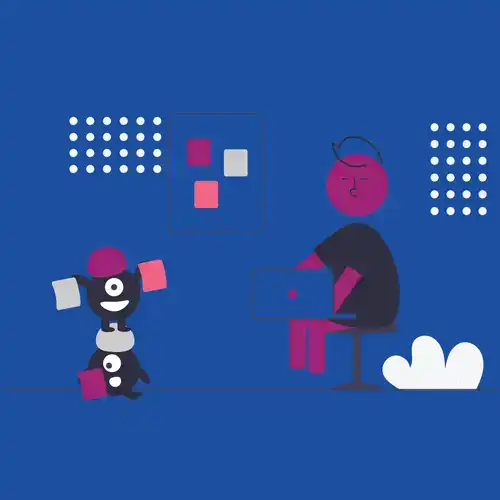
Remote Teamwork
Historically speaking, physical workspaces have provided us with multiple advantages, from shaping the organisational structure of a company to enhancing the culture of a business. It encouraged team building, facilitating interaction and bonds between employees as well as strengthened professional development through on-site role modelling.
Nowadays, benefits of physical office space are under renewed consideration across industries. We are now in an age where the workplace isnt just a physical space occupied by employees during office hours. Today’s workplace is an always connected environment providing instant access to everything employees need.
A few years back remote work was given to employees as an incentive or part of the company culture allowing the employee a few days in the month to work from home. Today this trend is on the rise and is fully accelerated due to the Covid-19 pandemic, where working remotely has replaced standard office hours.
As the question of how and when we return to physical workspaces dominates the opinion pages and our LinkedIn timelines, it’s worth pausing for a moment to consider whether we can use this opportunity to not just return to what we had, but instead to create something better.
The PhD researcher Nick van der Meulen from the Rotterdam School of Management, Erasmus University has found that ‘nearly all of the high-performing organisations consider telework an important practice and it ranks among top digital workplaces practice that are correlated with above-average organisational performance.’[1] He also said that ‘managers will need to treat teleworking as a strategic asset rather than a privilege or idiosyncratic deal limited to a select number of employees.’[2]
Undoubtedly the debate remains and the issue deserves extensive scholarly research to further explore, asses and evaluate the advantages and disadvantages of physical workspaces and remote work.
Whether you try to optimise the performance of your remote workers, or you are preferring to improve the team collaboration on-site, Tafoma gives you maximum flexibility. Tafoma as a cloud-based software plays a crucial role in creating seamless communication and frictionless, high-quality collaboration experience across voice, video and messaging regardless of location.
[1] Meulen, Nick van der, (2017), Does remote working really work?, RSM Discovery 29, Rotterdam School of Management, Erasmus University. pp.22
[2] Ibid. pp.22
